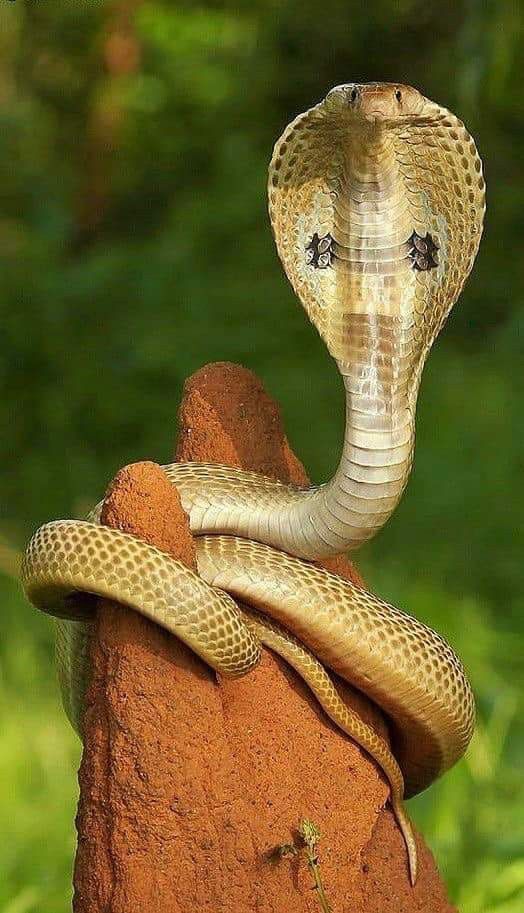Indian Reptiles – An Overview
India is home to a rich variety of reptiles thanks to its diverse ecosystems — from the Himalayas to coastal mangroves, rainforests to arid deserts. Reptiles in India range from snakes and lizards to crocodiles, turtles, and tortoises. They play crucial roles in ecological balance, controlling pest populations, and serving as indicators of environmental health.
- Indian Reptiles – An Overview
- Major Categories of Indian Reptiles
- 1. Crocodilia (Crocodiles & Alligators)
- 2. Testudines (Turtles & Tortoises)
- 3. Squamata (Lizards & Snakes)
- 4. Rhynchocephalia
- Ecological Importance of Reptiles in India
- Threats to Indian Reptiles
- Conservation Efforts in India
- Interesting Facts
Major Categories of Indian Reptiles
Reptiles in India can be grouped into four main orders:
1. Crocodilia (Crocodiles & Alligators)
Indian species:
Mugger Crocodile (Crocodylus palustris) – Freshwater habitats like rivers, lakes, and marshes.
Saltwater Crocodile (Crocodylus porosus) – Found in estuaries and mangrove swamps, especially in the Andaman & Nicobar Islands and Sundarbans.
Gharial (Gavialis gangeticus) – Long-snouted, fish-eating crocodilian found in rivers like the Chambal, Yamuna, and Ganges.
Conservation status: Gharial – Critically Endangered.
2. Testudines (Turtles & Tortoises)
Freshwater Turtles:
Indian Roofed Turtle (Pangshura tecta)
Indian Flap-shelled Turtle (Lissemys punctata)
Sea Turtles:
Olive Ridley Sea Turtle (Lepidochelys olivacea) – Mass nesting at Odisha’s Gahirmatha coast.
Green Sea Turtle (Chelonia mydas)
Hawksbill Turtle (Eretmochelys imbricata)
Loggerhead Turtle (Caretta caretta) – Rare visitor.
Leatherback Turtle (Dermochelys coriacea) – Found in the Andaman & Nicobar waters.
Tortoises:
Indian Star Tortoise (Geochelone elegans) – Known for its beautiful shell pattern.
Travancore Tortoise (Indotestudo travancorica) – Forest-dwelling.
Elongated Tortoise (Indotestudo elongata).
3. Squamata (Lizards & Snakes)
Lizards:
Common Garden Lizard (Calotes versicolor)
Indian Monitor Lizard (Varanus bengalensis)
Water Monitor (Varanus salvator)
Fan-throated Lizard (Sitana ponticeriana)
Gecko species like Tokay Gecko (Gekko gecko) and Hemidactylus.
Agamas, skinks, and lacertids.
Snakes:
India is famous for its “Big Four” venomous snakes:
– Indian Cobra (Naja naja)
– Common Krait (Bungarus caeruleus)
– Russell’s Viper (Daboia russelii)
– Saw-scaled Viper (Echis carinatus)
Other notable snakes:
– King Cobra (Ophiophagus hannah) – The world’s longest venomous snake.
– Python species: Indian Rock Python (Python molurus), Reticulated Python (Malayopython reticulatus).
– Green Vine Snake (Ahaetulla nasuta).
– Rat Snakes (Ptyas mucosa).
4. Rhynchocephalia
This group has no living representatives in India (found only in New Zealand), but worth noting for reptile taxonomy completeness.
Ecological Importance of Reptiles in India
Pest Control: Many snakes feed on rodents, reducing crop damage.
Biodiversity Indicators: Presence of sensitive species like the gharial indicates healthy water ecosystems.
Marine Health: Sea turtles maintain seagrass beds and marine biodiversity.
Threats to Indian Reptiles
Habitat loss due to urbanization and agriculture.
Poaching for skin, meat, and pet trade.
Road kills and accidental deaths.
Climate change affecting nesting patterns of turtles.
Conservation Efforts in India
Protected Areas: National parks and sanctuaries like Bhitarkanika, Kaziranga, and the Chambal Sanctuary.
Wildlife Protection Act, 1972: Legal protection for most reptile species.
Turtle Conservation Projects: Olive Ridley mass nesting protection at Gahirmatha and Rushikulya.
Breeding Programs: Gharial breeding centers at Kukrail and Deori.
Interesting Facts
The King Cobra can “stand up” to one-third of its body height when threatened.
Olive Ridley turtles undertake synchronized mass nesting called arribada.
The Indian Star Tortoise’s shell pattern helps in camouflage in dry grasslands.
The Gharial’s long snout is perfectly adapted to catching slippery fish.
Some Indian geckos can drop their tails to distract predators — a survival tactic called autotomy.








